Emotions in Monochrome?
Colors are sometimes associated with emotions – red for anger, blue for sadness, yellow for happiness, and so on. And yet, the way we relate to colors and emotions are wildly different. We might have preferences for certain colors, but don’t live our lives in exclusion of the rest. In fact, we are moved when seeing colors in certain combinations – a piece of art, a garden in full bloom, or a rainbow.
So why don’t we treat emotions in the same way? In our culture, we judge emotions in black and white terms – there are either “good” or “bad.” We cling to the feel-good ones and do everything we can to avoid the rest. Sadly, doing so misses the opportunity to feel more alive.
emotions are part of being human
Emotions are simply energy and sensations moving through our bodies (you can think of it as energy+motion = emotion). They are a fundamental part of the human experience, and key to our survival. They’re a good thing! Emotions help us connect to others as well as protect us. Feeling lonely? Maybe it’s time to make a plan to connect with a friend. Angry? Maybe it’s time to let a coworker know that their “good natured” jokes are actually hurtful and you’d like them to stop.
Our bodies experience emotions on an unconscious level, whether our minds acknowledge them or not. For example, you might hear somebody say “I’m not angry!” when there is tension in the body and tone in the voice.
pushing away emotions causes dis-ease
Pushing away uncomfortable emotions disrupts our natural balance. It can cause physical, emotional, and relational suffering. Cutting off from emotions stresses our bodies, which can lead to inflammation and disease. Bottled-up anger can cause depression and anxiety. And when we avoid feelings like shame, we often project them onto others. This creates unhealthy relationship patterns that can lead to loneliness and isolation.
avoiding is numbing
Ironically, avoiding uncomfortable emotions actually makes it harder to feel the comfortable ones. It's like turning down the volume on all your emotions - the unpleasant ones get quieter, but so do the feel-good ones like joy, gratitude, and excitement. The more we turn the volume down, the more numb we become. There are lots of ways people chose to numb out — doom scrolling, binge watching, substance use, etc. It will likely help avoid painful feelings in the short term, but can come with an impact to one’s longer term well-being.
how pockets of trauma are created
So, if avoiding emotions is so bad for us, why do we do it? The answer lies in something called complex trauma (or C-PTSD). It’s remarkably common, yet not well understood. Other names for it are attachment, relational, developmental, and intergenerational trauma.
As kids, strong emotions such as fear and anger can feel too big to tolerate alone. A key part of the developmental process is helping the child learn that it’s okay to have big emotions. For example, “It looks like you’re angry. Would you like me to sit with you until you are ready to talk about it?”
Without a supportive environment to help the child cope, it can create "pockets" of complex trauma inside the body. That is, emotions that feel too overwhelming get locked away, and we spend our lives avoiding them. It's not a conscious choice; it feels like survival. Unfortunately, this avoidance can cause a lot of suffering over time, as the trauma stays buried in our bodies.
healing is possible
Innovative therapies have emerged to specifically tackle complex trauma. The NeuroAffective Relational Model (NARM) stands out for its integration of the mind (thoughts) and body (where trauma is stored) while emphasizing a relational approach centered on the present moment, rather than delving deeply into the past. This method allows clients to enhance their capacity to experience strong emotions. Over time, they discover the value of the emotions they once tried to suppress. As a result, clients cultivate a deeper trust in their ability to navigate intense emotions. Emotions need not be daunting; they are simply a part of the human experience. Much like witnessing a rainbow, embracing a rich emotional life can be a profoundly beautiful experience.


